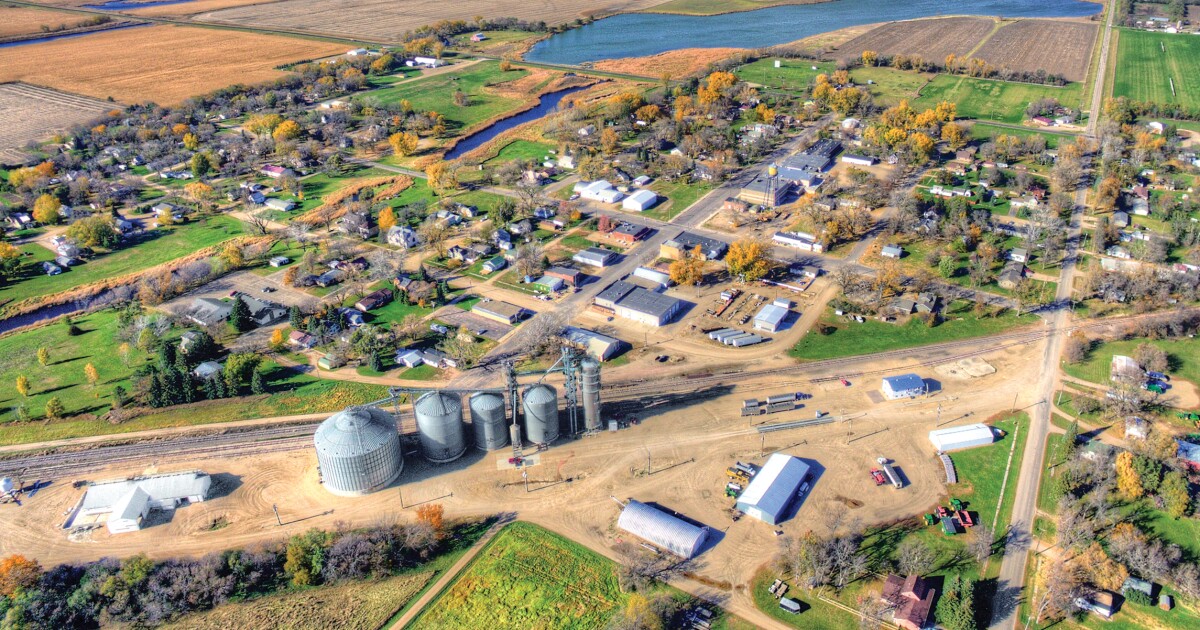

The unemployment rate is at a historically low level across the entire country, although the jobs outlook is wildly uneven depending on where you live, and hopefully work.
The most recent unemployment numbers by the Bureau of Labor Statistics, from May, show how much the jobless rate can differ between states — even though some are right next to each other.
BIDENOMICS: HOW THE STOCK MARKET HAS FARED UNDER BIDEN’S PRESIDENCY
The country’s headline unemployment rate is a low 3.7%, although 11 states have ultralow unemployment rates below 2.5%: Alabama, Maine, Maryland, Montana, Nebraska, New Hampshire, North Dakota, South Dakota, Vermont, Utah, and Wisconsin. Three of those — Nebraska, New Hampshire, and South Dakota — have a jaw-dropping 1.9% unemployment rate.
On the higher end of the spectrum, California, Delaware, Illinois, Nevada, Texas, and Washington all have unemployment rates above 4%. (The District of Columbia also has an unemployment rate of 5.1%.)
Stuart Hoffman, senior economic advisor for the PNC Financial Services Group, told the Washington Examiner that, overall, the unemployment numbers show strength pretty much across the board. While the headline U.S. unemployment rate is a cool 3.7%, there are more states than not that see unemployment falling below that level.
The median unemployment rate, the states right around the middle of the spectrum from the lowest unemployment rate to the highest unemployment rate per state, is 3.1%.
Hoffman said one commonality between some of the states near the low end of the unemployment spectrum is that they have big agricultural and farming bases.
Nebraska, North Dakota, South Dakota, and Vermont are four out of the five states with the lowest unemployment. And each ranks among the states most reliant on farming as a share of gross domestic product.
“The agricultural sector, which we don’t talk about it as much, has done very well,” Hoffman said. “A lot of the Midwestern states that do have a relatively high concentration of agriculture are definitely in the lower end of the range.”
Mark Hamrick, senior economic analyst at Bankrate, also noted that some of the states with the lowest employment happen to be more rural and feature big agricultural industries.
“While consumers have bemoaned the higher commodity costs, that has benefited agriculture economies even though those who are in those sectors obviously have to juggle inflation pressures as well,” Hamrick told the Washington Examiner.
Agriculture isn’t the only factor causing certain states to stand out. For instance, Rhode Island has a 3% unemployment rate.
Tourism might also play a role in places like Florida and Hawaii, which clock in at 2.6% and 3.1% unemployment, respectively. During the COVID-19 pandemic, tourism got walloped. But since then, the industry has been booming back as pent-up demand soared.
Tax burdens also contribute to state unemployment shifts, according to Sean Higgins, a research fellow at the Competitive Enterprise Institute specializing in labor and employment issues. Although tax policy isn’t the biggest factor at play, it does influence where people might relocate.
“People will gravitate more towards other states that have a low cost of living if they can,” Higgins told the Washington Examiner.
Hamrick noted that “South Dakota and New Hampshire are among the lowest taxed states.”
Likewise, some of the states with the biggest overall combined state-local tax burdens are faring the worst regarding unemployment. New York has the largest burden, according to the Tax Foundation, and is among the 10 states with the highest unemployment rates. California and Illinois are also in the bucket.
It is also worth looking at which states people are moving to and from when examining the statewide data on unemployment. Still, unemployment in relation to in-migration and out-migration can be a chicken-or-egg question, according to Hoffman.
“Do people go because of their jobs or there are jobs because people are there?” he asked.
There is some correlation between migration and unemployment. Florida, Georgia, North Carolina, South Carolina, and Tennessee all have unemployment rates below the nationwide average, and all have seen net inflows of migration following the pandemic. But it isn’t a perfect metric because Texas, which has seen one of the biggest population booms in recent years, has one of the highest state unemployment rates.
Conversely, places like California, Illinois, and New York have seen big outflows of population and are on the higher side of the statewide unemployment spectrum.
Republicans have argued that Republican-led states have better labor markets because of conservative free-market policies like lower taxes and fewer regulations. Alfredo Ortiz, president and CEO of Job Creators Network, said in a statement to the Washington Examiner that liberal policies in certain Democratic-led states have caused an exodus of residents that has hurt their state-level labor markets.
CLICK HERE TO READ MORE FROM THE WASHINGTON EXAMINER
“Blue states such as California, Illinois, Massachusetts, and New York still have labor forces well below their pre-pandemic levels as small businesses and economic activity flee for greater opportunity,” Ortiz said. “Congress can boost economic growth and real wages for all Americans, regardless of what state they are in, by adopting the successful policies emanating from red states.”
Overall though, while there is a big spread between Nebraska’s 1.9% unemployment rate and Nevada’s 5.4% unemployment rate, it is crucial to view the numbers in their historical context, which is that the unemployment rate overall is low and the labor market is still very robust. That despite the Federal Reserve driving interest rates up over the past year or so to squelch demand and drive down inflation.





